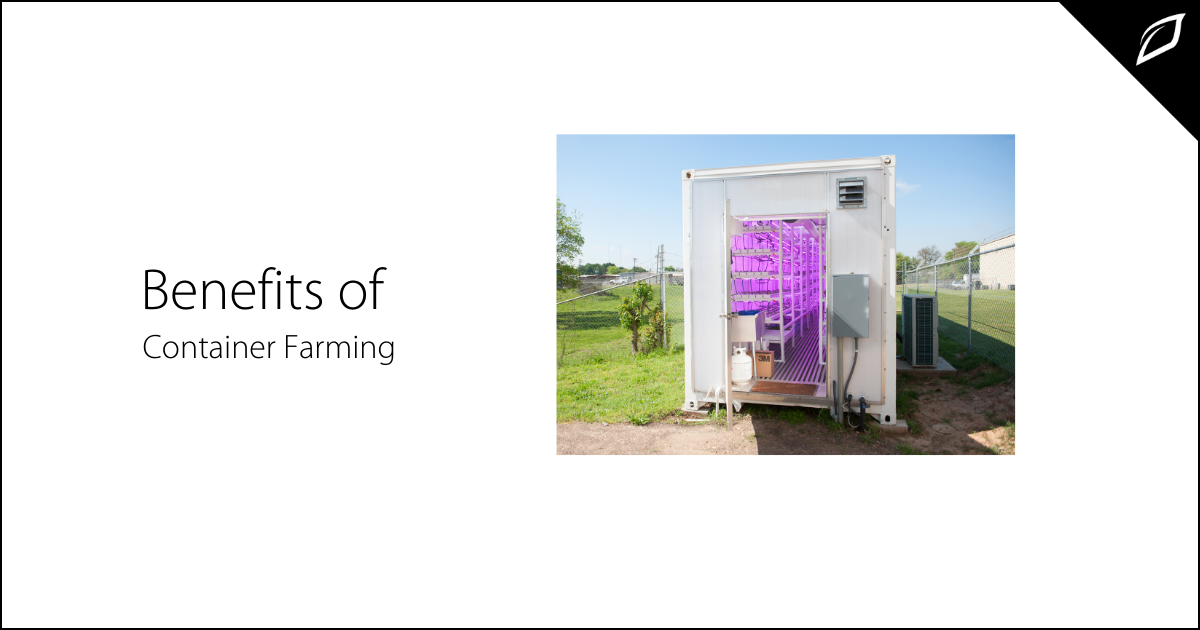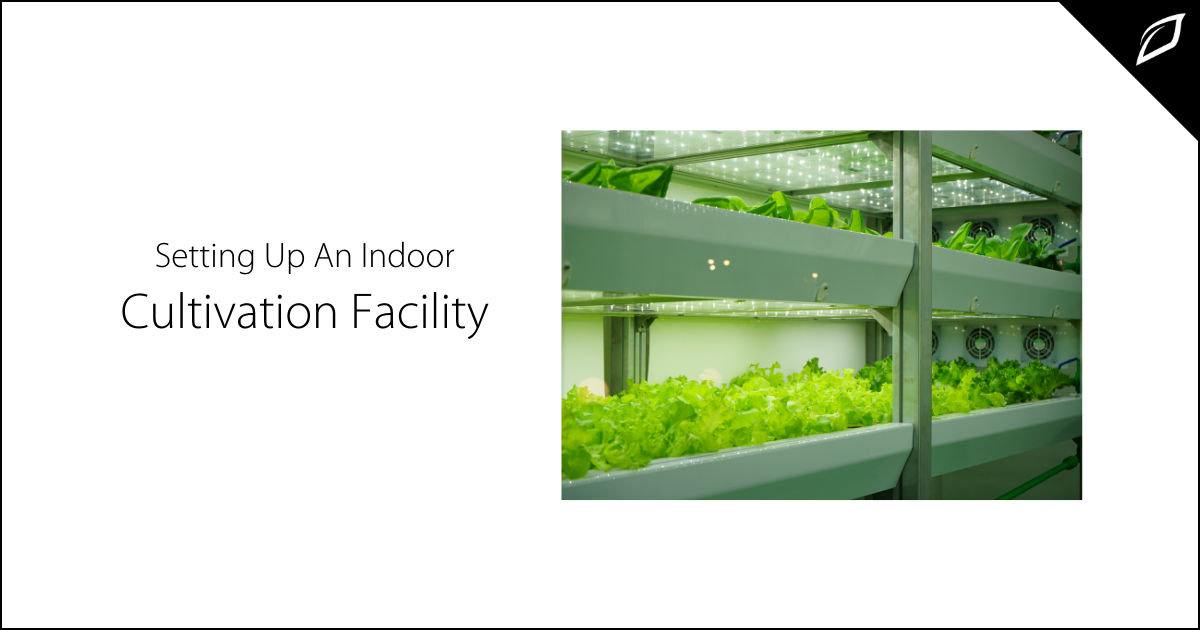Benefits of Container Farming
April 2016 marked the 60th anniversary of the first voyage of the Ideal X, the origin of modern container shipping. This expansion played a critical...

When temperatures rise, you're not the only one who feels the heat. Plants suffer when temperatures rise, especially if it's for an extended time. It can cause irreversible damage by way of plant function or development. Heat stress isn't simply droopy leaves; it can show up as things like stunted growth, leaf drop, leaf scald, failure to flower. Let's look at strategies to avoid heat stress in your indoor growing environment.
What is heat stress in plants?
Stress in biological terms means any divergence in the normal anatomy, development, and function of plants which can be harmful and inflict irreversible damage to the plant system. Heat stress, specifically in plants, is when temperatures are hot enough for a sufficient time to cause permanent damage to plant development or function. High day or night temperatures combined with high air or soil temperatures are the leading causes of heat stress in plants. For indoor growers, lighting can play a significant role in heat stress.
How to detect and prevent heat stress in plants.
Cannabis plants can only endure a particular amount of heat and light. After a certain point, your crops will start displaying signs of stress, especially on the leaves near the sources of light or heat. Plant leaves can become yellow or brown and may appear scorched. It's also common for leaves to curl up or fold inward. Vapor Pressure Deficit (VPD) is another factor that's important for detecting heat stress. Check out the basics of VPD here. Now that you've detected heat stress in your plants check out these strategies to avoid heat stress in the future.
Maintain a controlled environment.
Monitoring is a crucial step in heat management. An environmental control system should be implemented to monitor temperature, humidity, nutrients, VPD, and other vital factors. Equipped with such a system, a grower can monitor the grow 24/7, observe temperatures, and make adjustments with a smartphone app or tablet.
Low humidity can worsen the symptoms of heat stress, so keep an eye on this measure as well. Here, again, a system of sensors and monitors, along with remote management tools, can help a grower contain the issue relatively quickly.
Increase airflow and adjust lighting
Not ready to invest in environmental control systems? The next step is to consider increased airflow to ensure the heat is distributed evenly throughout the room. A small fan blowing over the tops of plants can help keep hot spots from forming under grow lights. Experts recommend using a carbon scrubber to avoid pumping undesirable aromas outside.
Consider moving grow lights further away from the top of the plants. Combined with increased airflow, your plants will feel relief. Differing lighting will impact heat stress in plants differently so research your lighting to understand its impact on heat stress on plants.
Implement a heat mapping strategy
Heat mapping employs an array of thermal imaging sensors placed across an environment to accurately measure the temperature of not just the ambient air but of all the surfaces, including the canopy. The result is a clear picture of hot and cold areas of a room and the gradients between them – either in the form of a color visual image or as a set of raw data points.
From a growing perspective, the benefit of heat mapping is an unparalleled level of insight into the temperature and other climate variables not just in the room as a whole but on a plant-by-plant basis. If inadequate airflow in a growing environment is causing overheating in one portion of the canopy, a thermostat won't provide that information, but a heat map will. That kind of intelligence is invaluable when it comes to maximizing crop health.


April 2016 marked the 60th anniversary of the first voyage of the Ideal X, the origin of modern container shipping. This expansion played a critical...

As more states approve medical and adult-use cannabis, it's creating business opportunities for master growers and experts in controlled-environment...

Regardless of what business you're in, storing data can be costly and confusing. Cloud-based data storage solutions are increasingly in demand...